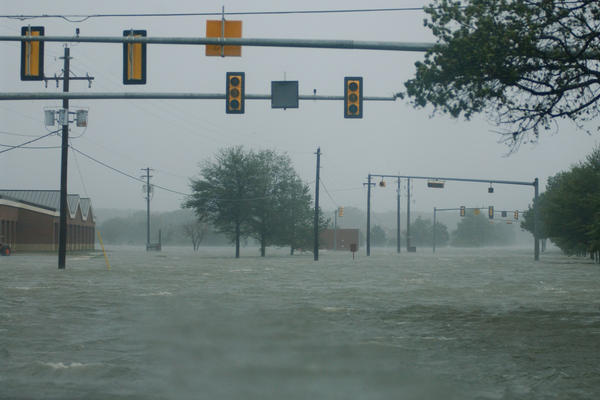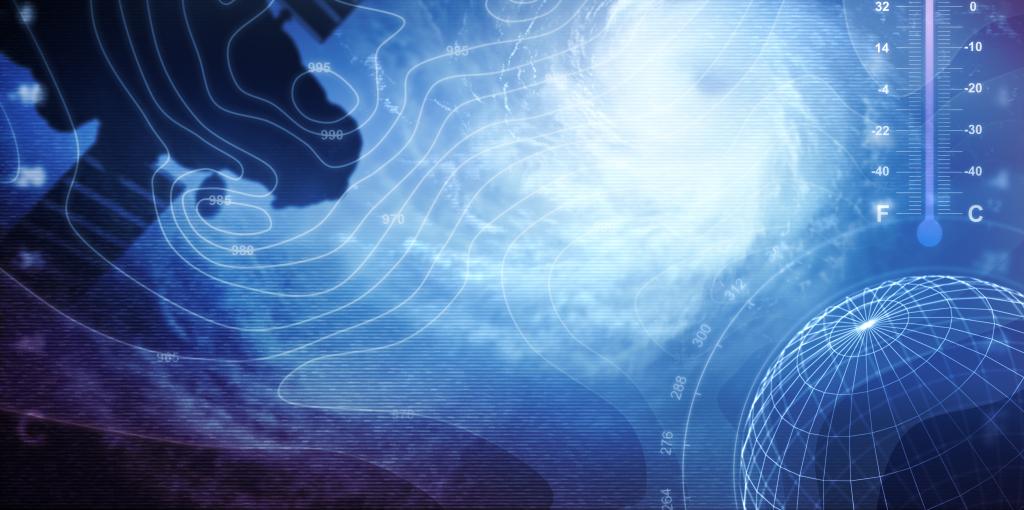Atmospheric Sciences, BS
Admission CTAs
The science of weather and climate
The undergraduate program in atmospheric sciences gives students a strong quantitative undergraduate education in atmospheric, climate, and related sciences to understand the basic principles behind current and emerging issues in weather, climate variability, and climate change.
Students completing the atmospheric sciences degree will be prepared for a full range of career paths including forecast and analysis, operations and research support in meteorology, atmospheric sciences, and climate.
Why a George Mason University Atmospheric Science Degree?
Atmospheric Science Scholarship
Watch AOES Professor Jim Kinter's Galileo Science Café talk,
Commonwealth at Risk: Climate Change and a New Normal

Program Highlights
- The undergraduate curriculum meets the American Meteorological Society’s recommendations and the US Government Civil Service GS -1340 qualification in meteorology.
- AOES faculty and the scientists in the Center for Ocean-Land-Atmosphere Studies are world leaders in the simulation and prediction of seasonal and longer-term climate.
- Students have access to internships and other opportunities due to Mason’s proximity to federal facilities such as forecasting at the National Weather Service’s National Centers for Environmental Prediction and Earth monitoring at NASA’s Goddard Space Flight Center.
Course Catalog
Review admission and course requirements for this degree:
Career Paths
There are many professional options for our graduates in the public and private sectors. Graduates of the program have gone on to positions in NOAA, National Center for Atmospheric Research (NCAR), and elsewhere, and graduate programs including Climate Dynamics.
Research Opportunities
Dedicated programs match Mason undergraduates with leading scientists in AOES working on climate and weather predictabilityand other topics.
AOES is home to the pioneering Climate Dynamics Doctoral Program, and George Mason University hosts related activities in remote sensing, planetary atmospheres, climate change communication, and more.
Options
Students in the atmospheric sciences major will select one of the following concentrations. These options reflect faculty expertise and provide two areas of research emphasis. The options will help in creating educated professionals who have the requisite training to support future weather and climate research, enabling the graduate's potential for providing substantial societal benefits.
Meteorology Option
The Meteorology Option is designed to meet the demand for professionals able to interpret, assess, and translate weather forecasts, taking on such jobs as broadcast and consulting meteorology, weather analysis, and outreach and extension activities.
This option is designed for students who are primarily interested in weather and weather forecasting. The required classes in this option emphasize atmospheric phenomena, especially those that have the greatest impact on society.
Computational Atmospheric Sciences Option
This option is designed to meet the demand for junior level scientists at those institutions that build, maintain, improve and operate the highly complex numerical models of weather, climate and microclimate. These graduates may find employment as entry-level assistants at governmental and private sector forecast and climate modeling shops. The option gives students preparation in computational science, mathematics, and elements of numerical modeling in order to undertake quantitative research or operational work in a professional or graduate setting.
